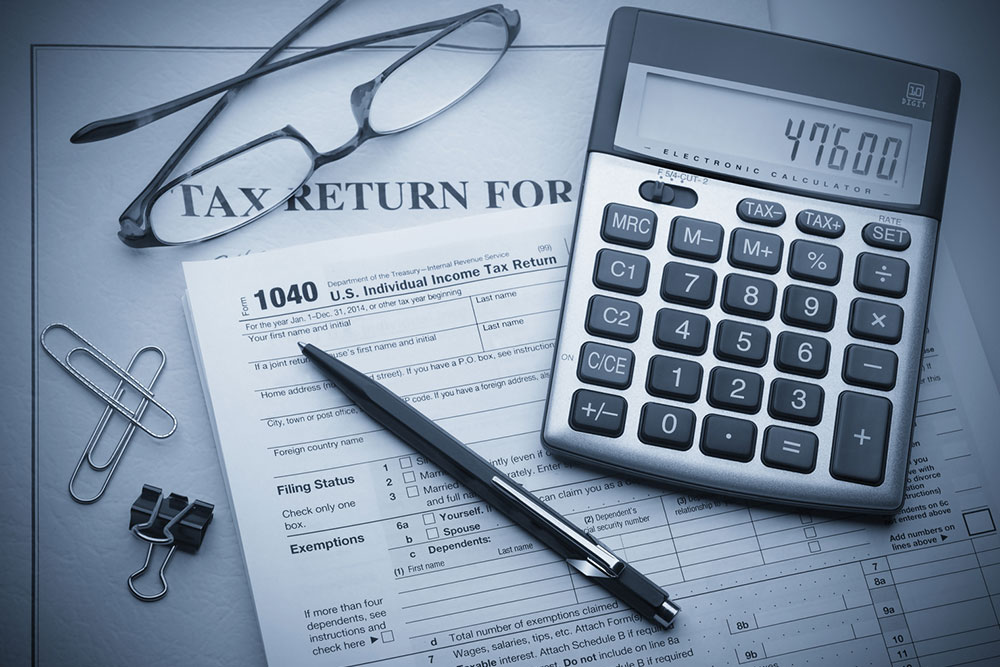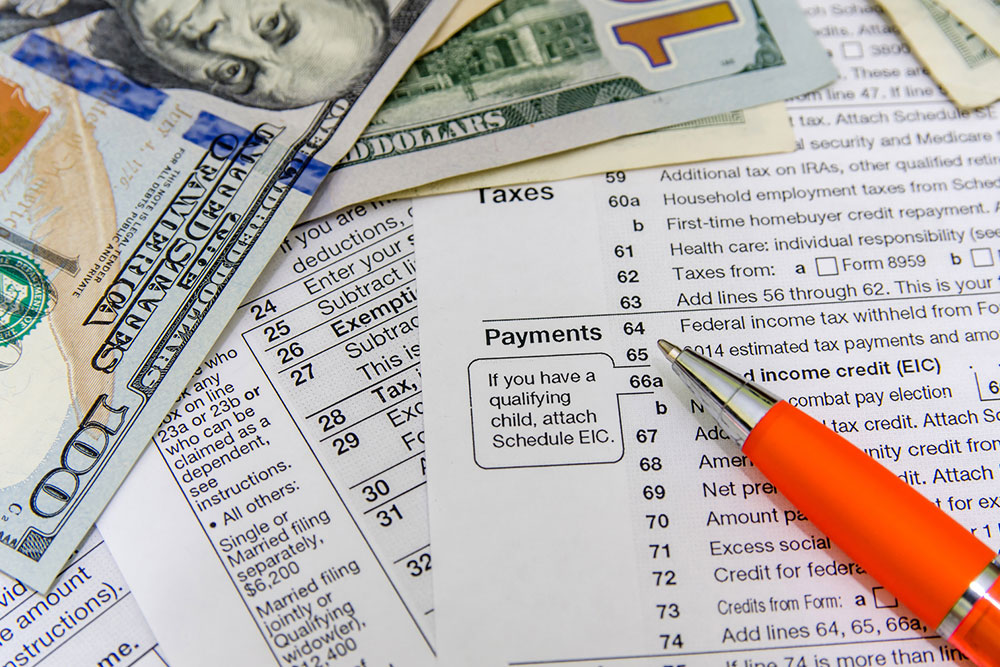Understanding Income Tax Refund Advances and How They Work
This article explains income tax refund advances, highlighting how they work, eligibility criteria, costs involved, and tips for faster refunds. It aims to help taxpayers understand their options for receiving refunds quicker in a straightforward manner while detailing potential limitations and procedural steps to optimize the refund process.

Understanding Income Tax Refund Advances and How They Work
Filing income taxes can be cumbersome, especially considering the wait time for refunds. Usually, the IRS takes around 21 days to process refunds, which can be inconvenient if funds are needed sooner. To bridge this gap, many taxpayers opt for income tax refund advance loans. Over recent years, tax service providers have issued over a million such advances, helping individuals access their refunds faster.
What is an income tax refund advance?
Major tax preparation firms often provide customers with an early refund option. Typically, these advances are interest-free, but taxpayers must file their returns through these providers. The advance amount is calculated based on the expected refund, with some companies offering only a portion of it. The funds are disbursed via bank transfer or a partner financial institution.
Eligibility and associated costs
Receiving an income tax refund advance may involve certain conditions and potential fees. Since it functions as a loan, approval depends on factors such as the expected refund amount and identity verification. While some advances are interest-free, others might include fees deducted from the final refund.
Receiving the advance
If approved, the amount is provided through a prepaid debit card. When the IRS issues the actual refund, the advance amount is deducted from this disbursement.
Limitations of refund advances
Though appealing, refund advances have certain restrictions:
Availability depends on the tax preparation service used.
There may be caps on the maximum advance amount.
Additional fees for tax filing could reduce the final refund.
For those able to wait up to 21 days, avoiding these complexities might be preferable. While online filings often expedite refunds, immediate funds may be needed, making advance options worth considering carefully and reviewing their terms.
To speed up refund processing, submit returns promptly once all documents are ready, ensure accuracy during filing, and opt for e-filing and direct deposit for faster disbursement.










